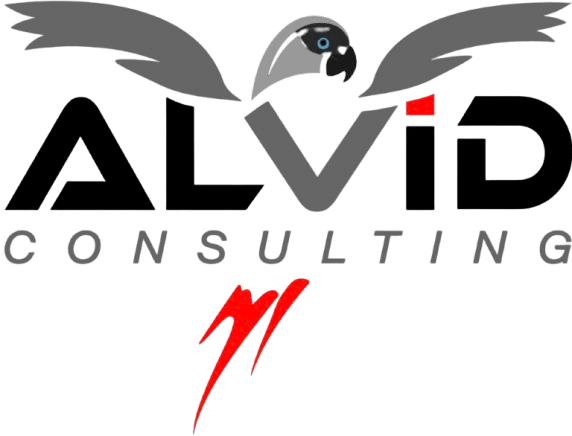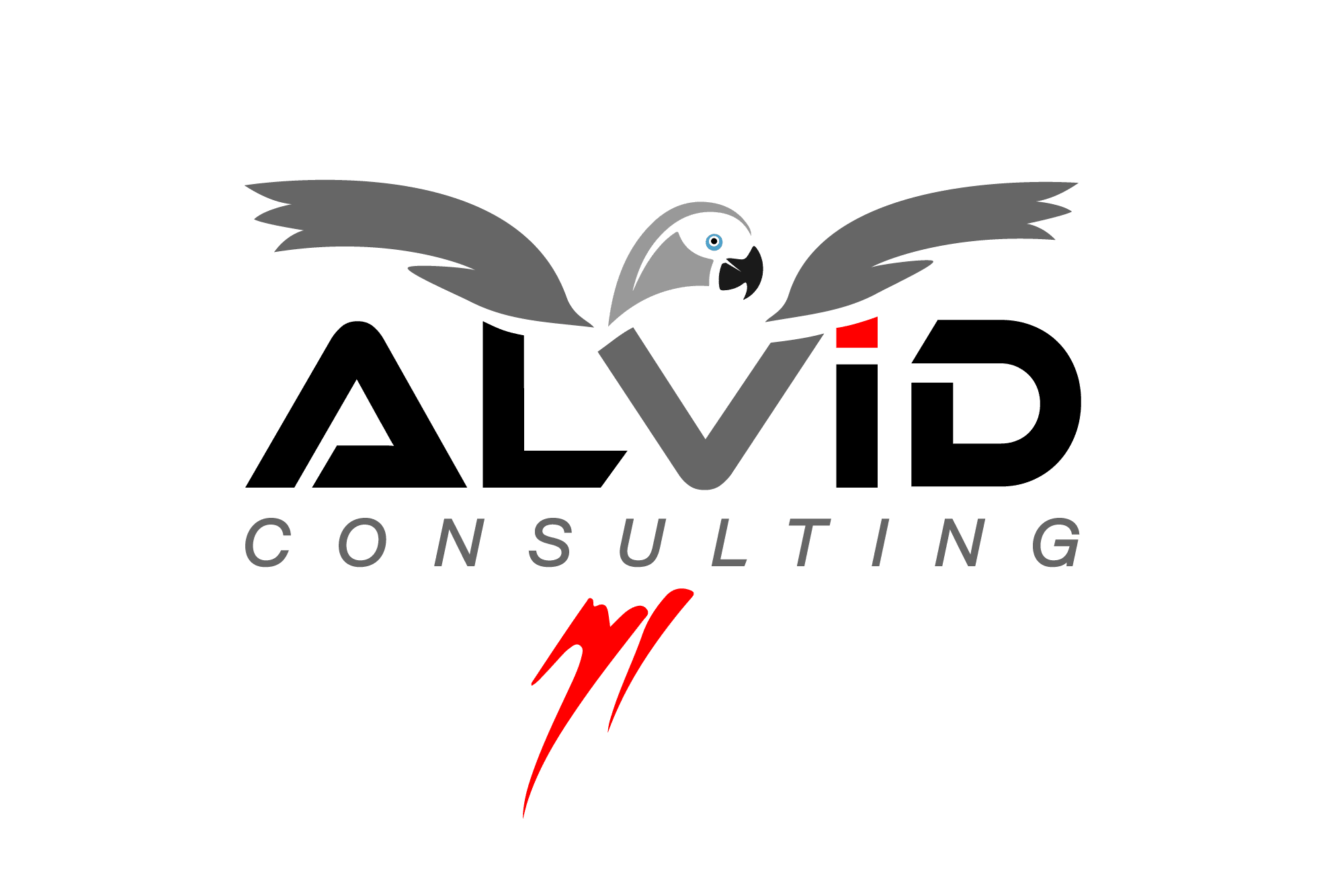PMO vs. Project Portfolio Management (PPM): What’s the Real Difference?
Introduction:
In today’s complex project environments—whether in infrastructure, energy, technology, or engineering—organizations often use the terms PMO and Project Portfolio Management (PPM) interchangeably. Yet, while both play critical roles in ensuring project success, they operate on different levels of governance, strategy, and execution.
This article unpacks the distinction, with a focus on planning & scheduling, project control, risk, and cost management—the pillars of successful project delivery.

The PMO: Driving Standards & Execution Support
A Project Management Office (PMO) is the engine room of project delivery. Its core mandate is to:
Standardize processes & tools: ensuring common planning methodologies (Primavera P6, MS Project), reporting templates, and KPIs.
Provide execution support: assisting project teams with schedule development, progress measurement, and project control systems.
Ensure compliance & governance: checking alignment with contractual obligations (FIDIC, NEC, EPC frameworks) and client requirements.
Enable transparency: consolidating project dashboards for stakeholders, management, and partners.
In short, the PMO is about operational excellence and discipline in execution.
PMO & Planning/Scheduling
Develops and maintains the Integrated Master Schedule (IMS).
Runs schedule quality checks (DCMA 14-point, logic density, float analysis).
Supports time management plans, ensuring contractual compliance (e.g., FIDIC 8.3).
PMO & Project Control
Consolidates progress measurement systems (earned value, KPIs).
Standardizes reporting formats (Appendix 13–style reporting schedules, dashboards).
Tracks deviations and initiates corrective actions.
PMO & Risk
Facilitates schedule risk analysis (Monte Carlo with Safran Risk/Acumen Risk).
Maintains risk registers linked to time, cost, and interfaces.
Ensures mitigation plans are integrated into the baseline.
PMO & Cost
Standardizes cost breakdown structures (CBS) aligned with WBS.
Produces cost vs. schedule performance reports (CPI/SPI).
Interfaces with finance for accurate forecasting & cash-flow curves.
Project Portfolio Management (PPM): Driving Strategy & Value
While the PMO focuses on projects and programs, PPM looks at the bigger picture—the portfolio of investments an organization undertakes.
PPM answers the strategic questions:
Which projects should we approve, delay, or cancel?
How do projects align with corporate strategy, capacity, and resources?
Are we maximizing return on investment (ROI) across the portfolio?
In short, PPM is about making the right strategic choices—balancing risk, cost, and value across the enterprise.
PPM & Planning/Scheduling
Aligns project roadmaps with corporate strategy and capacity.
Prioritizes projects based on critical resources and timelines.
Provides long-term portfolio scenarios to leadership.
PPM & Project Control
Tracks portfolio-level performance (aggregated KPIs, dashboards).
Identifies systemic issues across multiple projects (e.g., chronic delays in procurement).
Supports executive decision-making on reallocating resources.
PPM & Risk
Monitors strategic risk exposure (market, regulatory, supply chain).
Balances high-risk/high-return projects with low-risk/steady projects.
Ensures resilience through diversification of project mix.
PPM & Cost
Manages the capital allocation framework.
Ensures portfolio spend is aligned with budget cycles.
Provides CFOs and boards with investment performance dashboards.
PMO vs. PPM: Key Differences
| Aspect | PMO | PPM |
|---|---|---|
| Focus | Execution discipline & project delivery | Strategic alignment & portfolio value |
| Scope | Projects & programs | Enterprise-wide portfolio |
| Decision-Making | Tactical (schedules, controls, reporting) | Strategic (investment, prioritization) |
| Tools | Primavera P6, Acumen Fuse, Safran Risk, MS Project | Portfolio dashboards, BI tools, scenario planning software |
| Time Horizon | Short to medium-term | Medium to long-term |
| Value Contribution | Improves project success & reduces overruns | Maximizes ROI and strategic impact |
The Interplay: When PMO Meets PPM
In high-stakes industries like HVDC offshore platforms, renewable energy, IT mega-programs, or infrastructure, success depends on the synergy between PMO and PPM:
PPM decides the “what & why” → which projects align with strategy.
PMO delivers the “how & when” → ensuring projects are executed with rigor.
Without a PMO, projects risk chaos in execution.
Without PPM, organizations risk misaligned investments.
Final Thoughts
Organizations that thrive are those that balance discipline with strategy:
The PMO enforces robust planning, scheduling, risk, and cost control—protecting delivery.
PPM ensures that every euro, dollar, or dirham invested delivers strategic value.
For leaders, the key is not choosing between PMO or PPM, but ensuring both functions work hand in hand—bridging execution and strategy.

